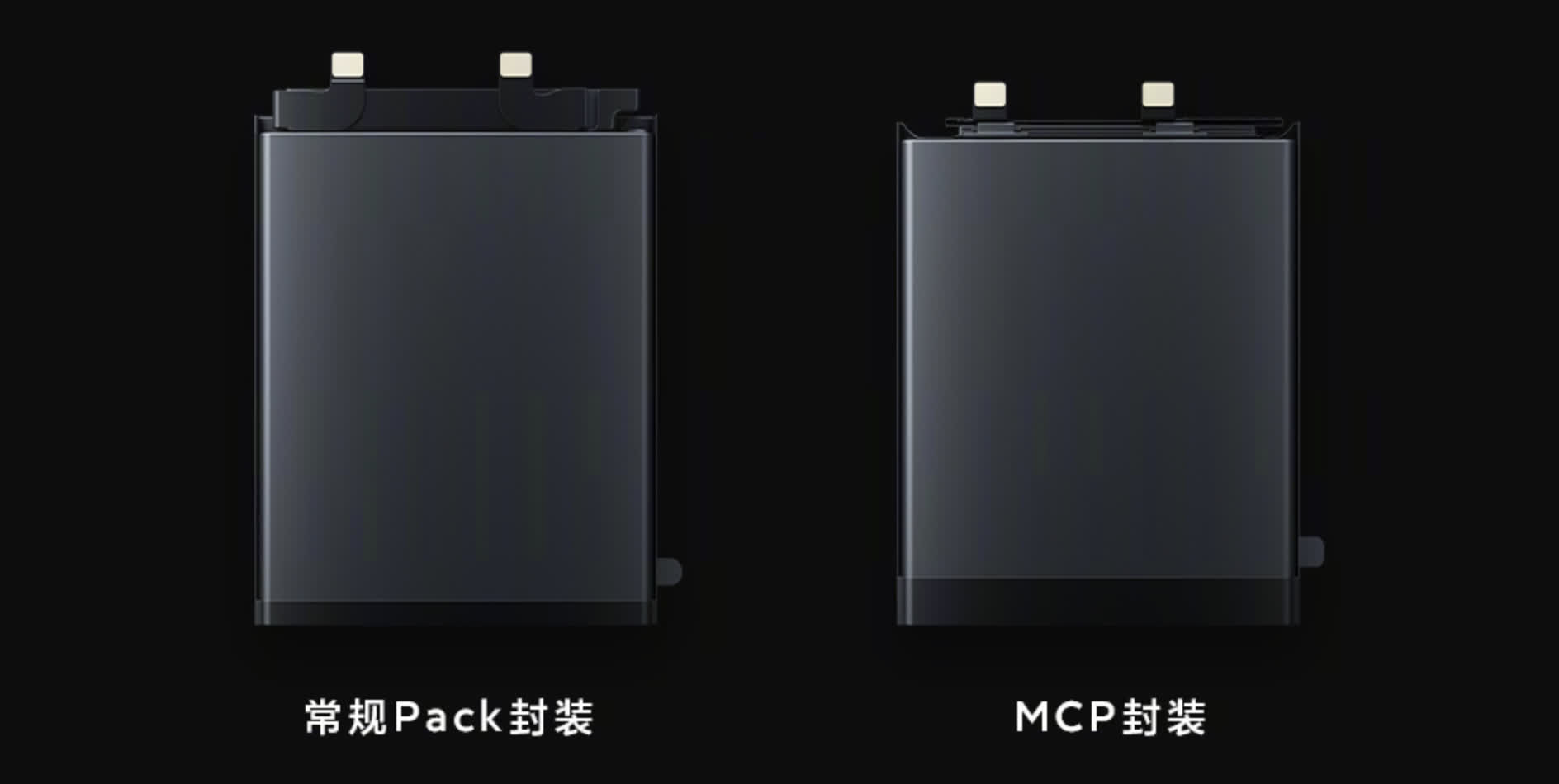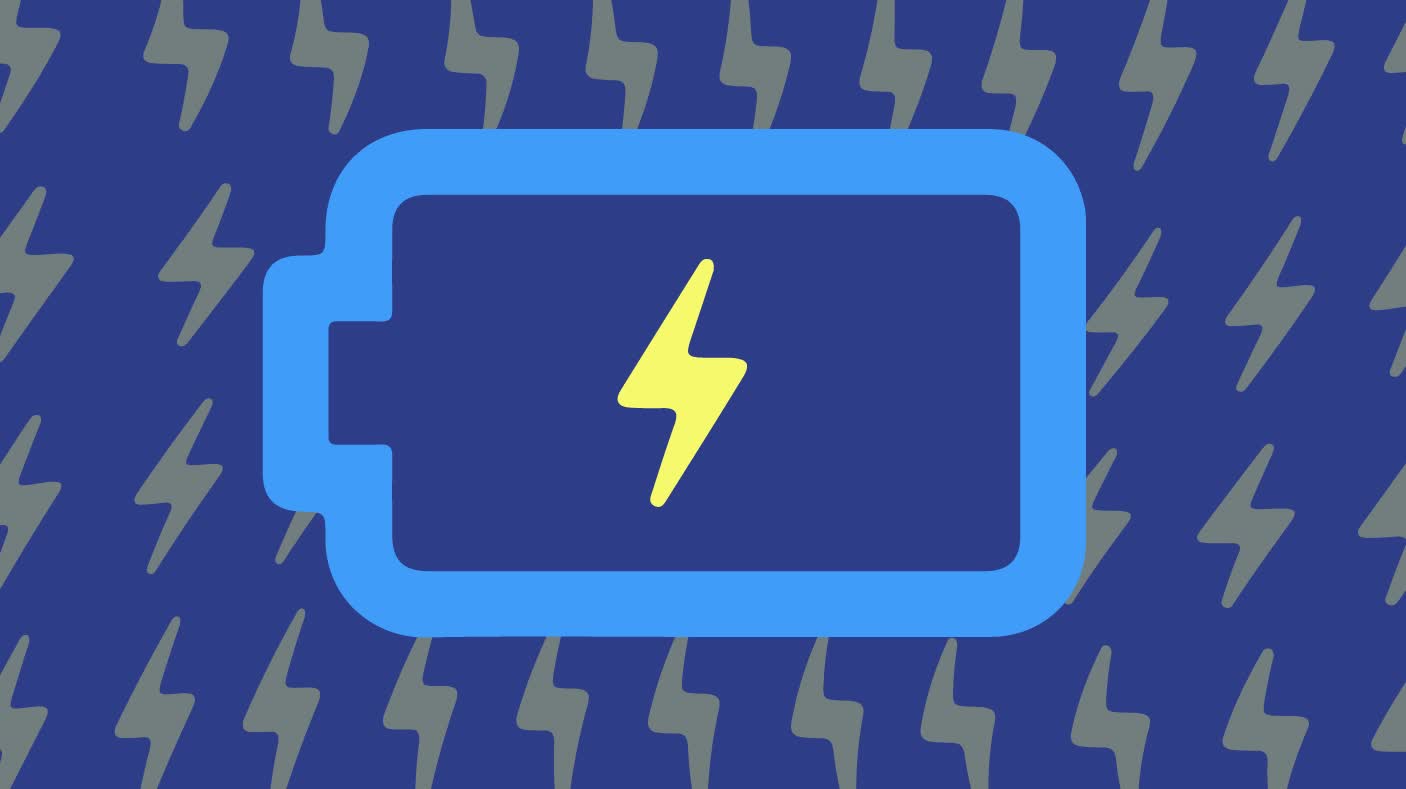Why it matters: It may not look like it, but lithium-ion battery tech is getting better with every passing year. Silicon-doped anodes are the next frontier, and companies like Xiaomi have been working with battery manufacturers to increase energy density while keeping the physical size the same.
Earlier this year, an MIT study revealed the price of lithium-ion batteries has fallen by more than 97 percent since their commercial introduction in 1991. This dramatic decrease in cost has been a boon for the mobile and electric car industries, and has also made residential solar power systems more practical and affordable. But while the energy density of lithium-ion cells has more than tripled over the same period, the rate of improvement has been relatively slower, and now hovers at five percent per year.
In the case of phones, manufacturers have used the appeal of larger phones to incorporate bigger batteries that can stretch the time you can stay away from a wall outlet. At the same time, battery makers have started adding more and more silicon to the anode of lithium-ion batteries. This improves their energy density but also increases the cost and complexity of the final battery cell design, which is why manufacturers are still reluctant to increase the silicon doping amount beyond 10 percent.

Xiaomi says it's working on a new battery technology for its upcoming phones that will have up to 10 percent higher capacity while maintaining the same volume. To that end, the Chinese company is using silicon doping which is three times higher than what is typically used today, which is three to five percent. The new battery will also use a so-called "Fuel Gauge" chip and improved packaging to ensure safe operation, as silicon-doped anodes tend to expand during charging and contract during discharging.
It may not sound like much, but Xiaomi says battery life will be increased by 100 minutes with the new cell design, although this will depend on the choice of mobile chipset, standard or high refresh rate screen, and other factors. At this point, it's not clear whether this new battery will be compatible with the company's HyperCharge tech.
Xiaomi plans to start mass producing the new battery in the second half of 2022, so we'll likely see it debut in new devices in early 2023.
